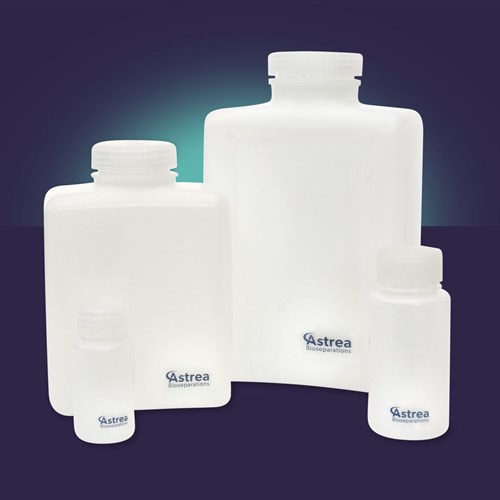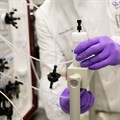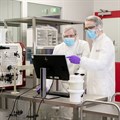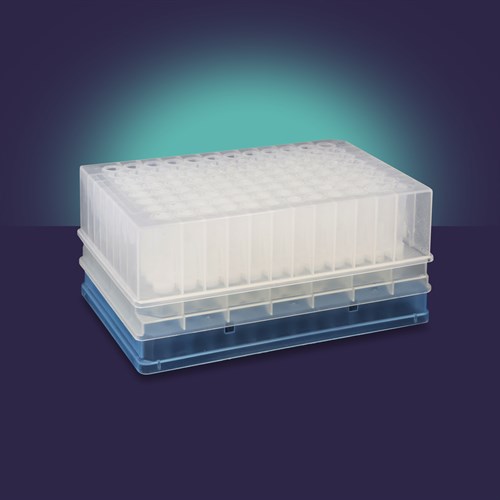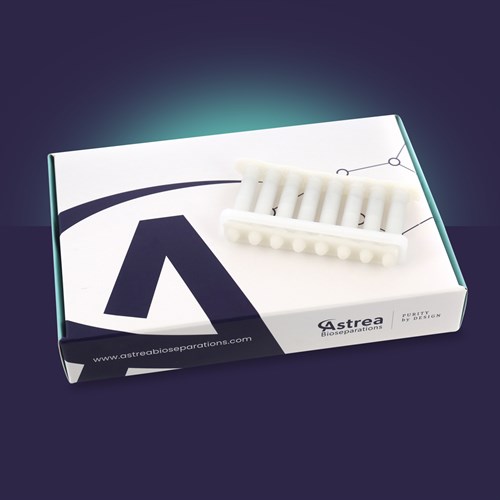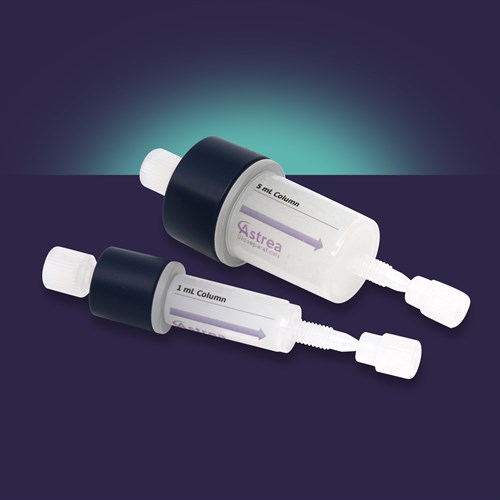- Home
- |
- Products
- |
- PuraBead® Resins
- |
- Mixed Mode Chromatography
- |
- MiMode™ PuraBead® HL4
MiMode™ PuraBead® HL4
Product overview
MiMode™ PuraBead® HL4 is a mixed-mode chromatography resin designed to provide a versatile and cost-effective solution for biomolecule purification. Built on the robust PuraBead® 6HF base matrix, it combines aromatic hydrophobic and hydrogen-bonding interactions, enabling both bind-and-elute and flow-through polishing applications.
Unlike single-mode affinity solutions, MiMode™ PuraBead® HL4 offers broad selectivity, making it suitable as a platform technology across multiple molecule classes. The synthetic ligand ensures strong base stability, while the PuraBead® 6HF matrix delivers excellent flow properties and scalability from discovery through to large-scale manufacturing.
With a wide operational pH range, compatibility with common buffer systems, and straightforward cleaning using sodium hydroxide, MiMode™ PuraBead® HL4 integrates seamlessly into existing workflows. It is available in high-throughput screening formats as well as process-scale volumes, supporting both rapid development studies and commercial production needs.
Key features of MiMode™ PuraBead® HL4
- Mixed-mode ligand combining hydrophobic and hydrogen bond interactions.
- Broad selectivity for capture and polishing across diverse biomolecule types.
- Operates under mild conditions, supporting product quality and stability.
- Robust base stability and tolerance to cleaning with 1.0 M NaOH.
- High-flow, low-pressure PuraBead® 6HF matrix ensures easy scalability.
Example Applications
MiMode™ PuraBead® HL4 has been successfully applied in a variety of contexts, including:
- Protein polishing – Removal of aggregates, host cell proteins, and other process-related impurities in flow-through mode.
- General protein purification – Versatile capture and separation of recombinant proteins with diverse physicochemical properties.
Simplified workflow integration and scalability
MiMode™ PuraBead® HL4 can be used in screening, process development, and large-scale manufacturing. Available in 96-well plates, pre-packed columns, and bulk slurry, it is designed to support flexible adoption into diverse purification strategies. Combined with Astrea Bioseparations’ wider toolbox of resins and services, MiMode™ PuraBead® HL4 provides an adaptable option for streamlining downstream processing.
Product specifications
| Feature | Description |
|---|---|
| Ligand | Proprietary synthetic chemical ligand |
| Bead size (µm) | 90 ± 10 µm |
| Matrix | PuraBead® PHF (Highly cross-linked 6% near-monodisperse agarose) |
| Recommended operational flow rates | Up to 600 cm/h |
| Operating pH | pH 4.0 to pH 8.0 (intermittent) |
| pH stability | Long term (3 months) pH 3 to pH 12 |
| Chemical stability | All commonly used aqueous buffers and co-solvents |
| Cleaning/sanitization | 0.5 to 1.0 M NaOH |
| Storage | 2–30°C, 20% ethanol |
Frequently asked questions
Product Information
MiMode™ PuraBead® HL4 is a mixed-mode chromatography resin designed to provide a versatile and cost-effective solution for biomolecule purification. Built on the robust PuraBead® 6HF base matrix, it combines aromatic hydrophobic and hydrogen-bonding interactions, enabling both bind-and-elute and flow-through polishing applications.
Unlike single-mode affinity solutions, MiMode™ PuraBead® HL4 offers broad selectivity, making it suitable as a platform technology across multiple molecule classes. The synthetic ligand ensures strong base stability, while the PuraBead® 6HF matrix delivers excellent flow properties and scalability from discovery through to large-scale manufacturing.
With a wide operational pH range, compatibility with common buffer systems, and straightforward cleaning using sodium hydroxide, MiMode™ PuraBead® HL4 integrates seamlessly into existing workflows. It is available in high-throughput screening formats as well as process-scale volumes, supporting both rapid development studies and commercial production needs.
Key features of MiMode™ PuraBead® HL4
- Mixed-mode ligand combining hydrophobic and hydrogen bond interactions.
- Broad selectivity for capture and polishing across diverse biomolecule types.
- Operates under mild conditions, supporting product quality and stability.
- Robust base stability and tolerance to cleaning with 1.0 M NaOH.
- High-flow, low-pressure PuraBead® 6HF matrix ensures easy scalability.
Example Applications
MiMode™ PuraBead® HL4 has been successfully applied in a variety of contexts, including:
- Antibody purification – Capture and polishing of antibodies, as well as fragments and engineered formats.
- Protein polishing – Removal of aggregates, host cell proteins, and other process-related impurities in flow-through mode.
- General protein purification – Versatile capture and separation of recombinant proteins with diverse physicochemical properties.
Simplified workflow integration and scalability
MiMode™ PuraBead® HL4 can be used in screening, process development, and large-scale manufacturing. Available in 96-well plates, pre-packed columns, and bulk slurry, it is designed to support flexible adoption into diverse purification strategies. Combined with Astrea Bioseparations’ wider toolbox of resins and services, MiMode™ PuraBead® HL4 provides an adaptable option for streamlining downstream processing.
Related Products
No video available.
